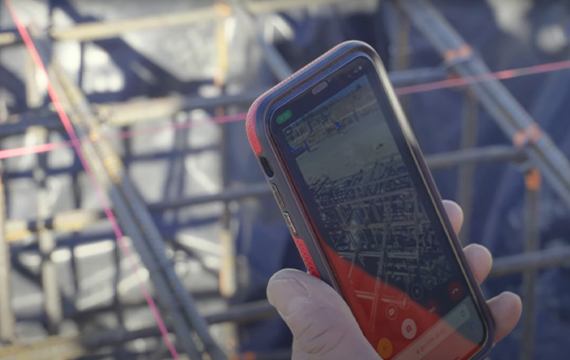Remote inspections consultation
The Government has announced there will be a public consultation in the coming months on a range of options to increase the uptake of remote inspections.
Remote inspections are when building inspection activities are conducted remotely using digital tools and technologies. Instead of visiting the site in person, inspectors may, at their discretion, use live video streaming or review photographic evidence to assess the building work from their office, with the builder following their instructions on-site.
The use of remote inspections increased during the COVID-19 pandemic and can also be used when factors such as extreme weather has caused road closures, heavy traffic disrupts appointment times, or the building site is in a remote location.
Remote inspections have been gaining further acceptance, with building consent authorities (BCAs) using them to save inspectors time on the road, reduce travel costs, provide business continuity, and ensure a timelier service to applicants.
Roles and responsibilities for inspections
The Building Act outlines the responsibilities of different parties involved in the building process under this Act, which includes:
- Owner: Has overall responsibility for ensuring the building work complies with the building consent and must ensure that they or their nominated representative enable inspections to be completed as required by the BCA.
- Designer: Responsible for ensuring that the plans and specifications or advice they give on compliance are sufficient, if followed on-site, to result in the building work complying with the building code.
- Builder: Responsible for ensuring that the building work is carried out in accordance with the approved plans and specifications.
- BCA: Responsible for checking that an application for a building consent complies with the building code, and that the building work has been carried out in accordance with that consent.
Benefits of the remote inspection process
Remote inspections benefit everybody involved in the inspection process.
Building consent authorities
Building consent authorities (BCAs) will be able to increase the number of inspections they carry out by eliminating travel time. This will also create cost savings in vehicle and travel expenses, minimise exposure to safety hazards on-site, help upskill inspectors, improve record management through high-quality digital records that are geographically stamped, and make it easier to share resources with other BCAs.
Builders
Builders will get more timely inspections undertaken at a time that suits them rather than relying on the inspector’s availability. They will also see cost savings in not having subbies being paid while waiting for an inspection, a shorter build process through reducing downtime waiting for an inspection, a better understanding of the building code requirements through gaining an in-depth understanding of what’s required for the inspection, and, of course, safety — fewer people onsite reduces the likelihood of accidents.
Wider building industry
The wider building industry benefits through a collaborative approach, which assists in building trust and reducing environmental impact through reduced travel-related carbon emissions. Remote inspections also provide business continuity and resilience for the whole building and construction industry.
Builders will get more timely inspections undertaken at a time that suits them
Using new tools and considerations for BCAs
The industry has developed various tools to undertake remote inspections, which support the user to capture the information and evidence the inspector needs to check that the building work complies with the consent.
There are a number of considerations BCAs need to keep in mind with the remote inspection approach, including the building complexity and inspection types. They may use their data on inspection failures to determine which inspections and building types they would consider for the early stages of adopting remote inspections. It may be that builders with higher inspection pass rates would be preferred as early adopters of the BCAs approach.
Another consideration is the skillset of both the inspector and the builder. The inspector will need to be proficient in the remote inspection tool the BCA adopts, particularly for the livestream inspections. Similarly, the builder will need to be competent in using the chosen software and technology and have a good understanding of the inspector’s expectations. BCAs could use existing relationships to identify suitable builders for early remote inspection adoption.
More information about remote inspections can be found here: building.govt.nz
Talk to your local council to find out if they are looking to use remote inspections in the future, if not already.


